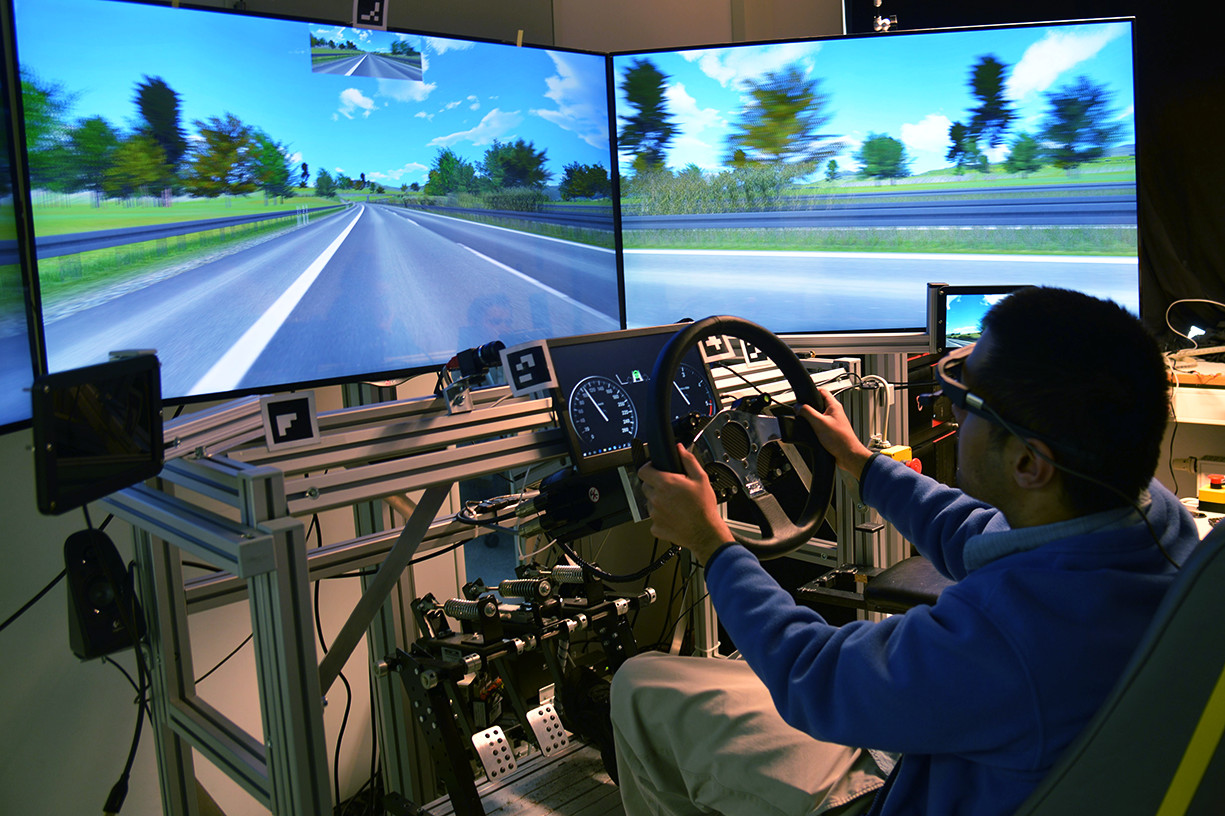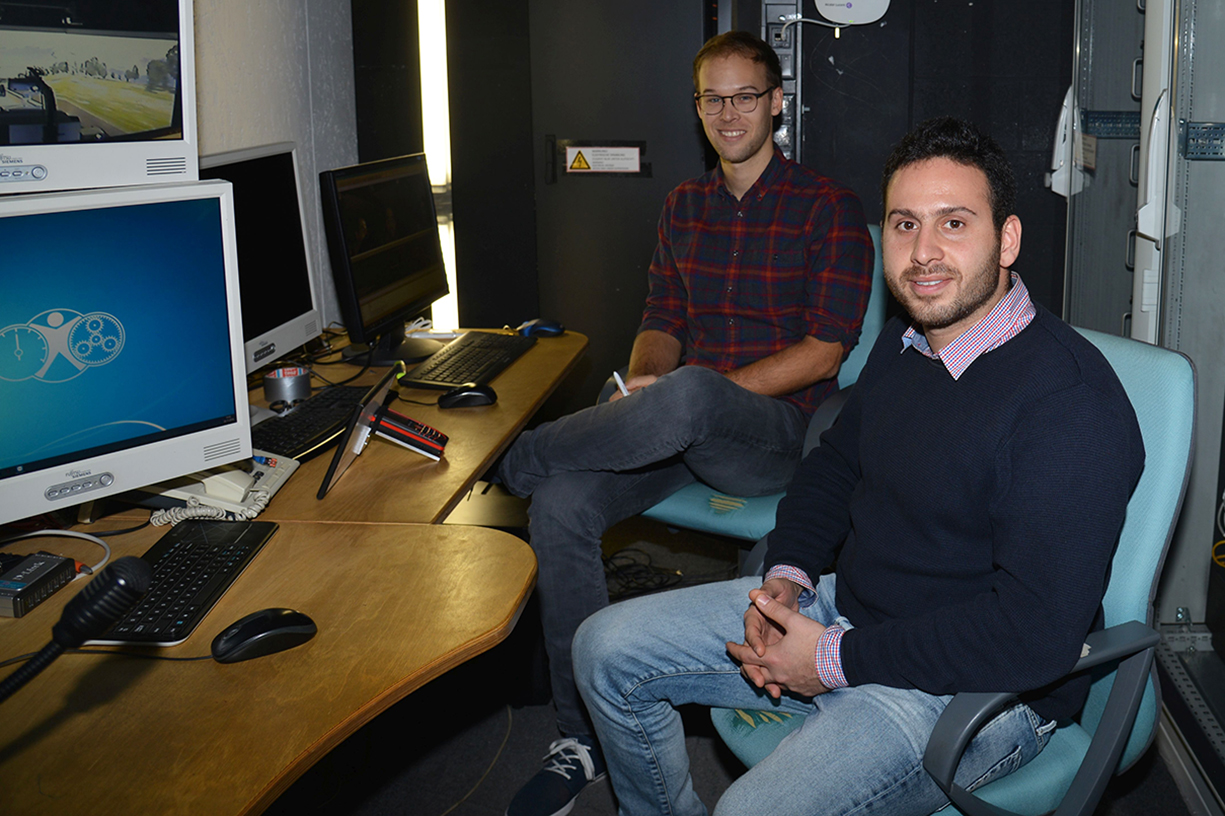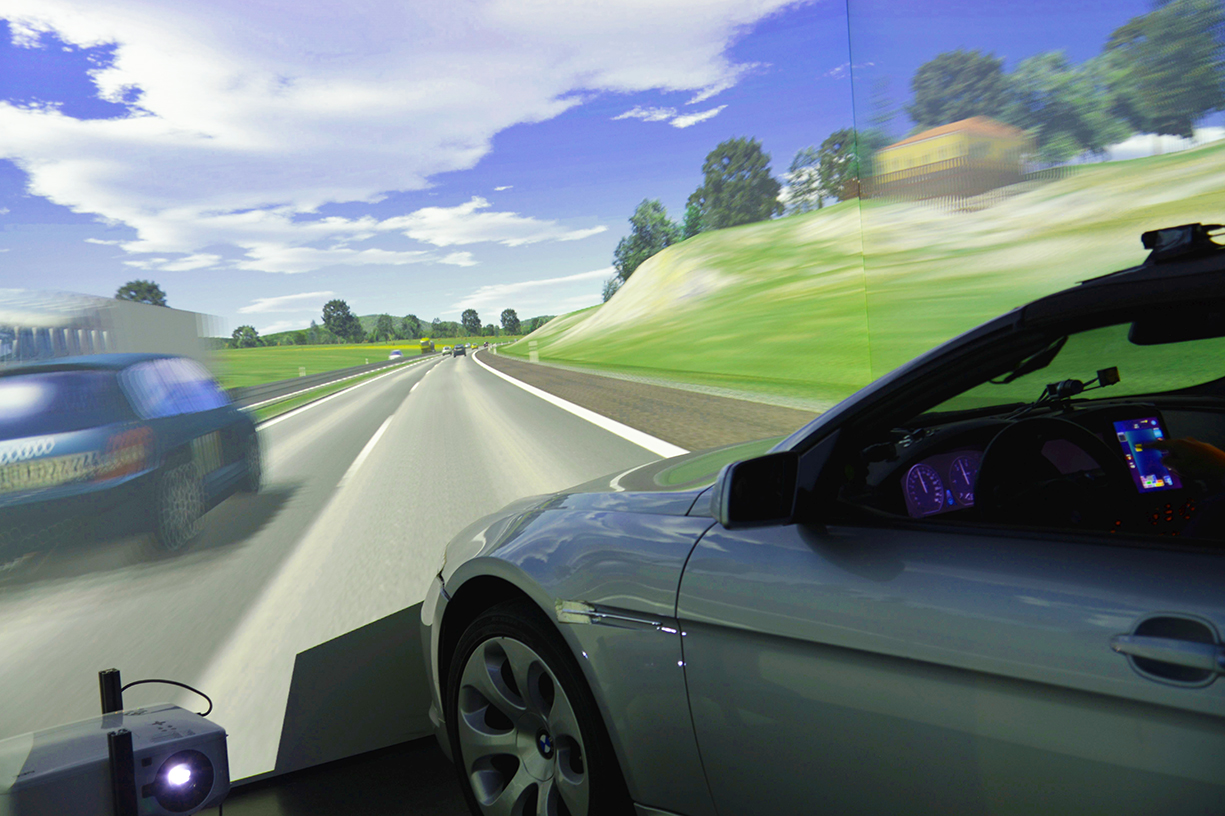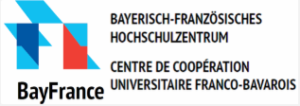Humans driving on virtual roads
The Chair of Ergonomics presented their driving simulator to later discuss the methods used in this virtual reality application with the international PhD students attending the Winter School.
“In my current research, I deal with human factors issues in cooperative systems – at the moment in the aviation field. The workshop on Eye Tracking was very interesting for me because I want to start to use this tool in my project. I appreciate that the atmosphere at the Winter School is quite informal, so I can easily get in contact with experts from different parts of the world – and learn from their expertise.”
Marco de Angelis, PhD candidate at Università degli Studi di Bologna, Italy, research group “Human Factors, Risk and Safety”.













